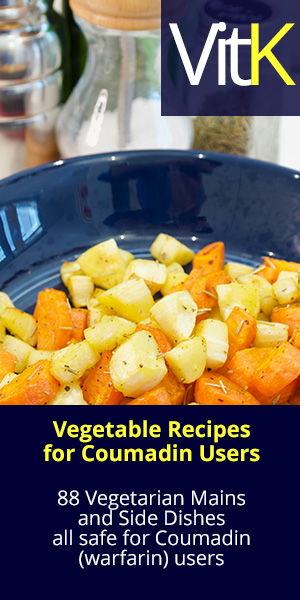
Is red meat like beef or pork bad or good for you?
Land animal protein - beef, pork, lamb, chicken, turkey, etc. - should be a smaller part of your diet, once or maybe twice a week.
Beef
It is best to not to eat beef more than about once a week and it is the amount of fat in beef that you want to keep an eye on, so choosing lean beef is the key. Keep your choices under 10 grams of fat with less than 4 grams of saturated fat in a four ounce serving.
Here's a guide to choosing healthy red meats when you are at the grocery store.
The leanest cuts come from the loin and the most tender section is the tenderloin. There are a number of tenderloin cuts to choose from. At the smaller end are the tournedos (or medallions) and the center is filet mignon. These steaks are most often pan fried or grilled. At the head is the Chateaubriand, which is usually roasted and is large enough for three to four servings. For most tenderloin recipes the choice is filet mignon.
Flank steak only about six grams of fat in each serving. It is less tender than some cuts, because it comes from an area that gets more muscular action, but marinated and cooked quickly over high heat it makes for a succulent steak. Flank steak also works well in stews because it tenderizes quickly during the stewing process.
Skirt steak is a great cut. It's from the same area as the flank steak, but it is actually the diaphragm muscle. It is more marbled with fat than flank steak and makes for a fantastic dinner. I love it simply pan seared until just medium rare.
When looking at purchasing ground beef, find the leanest you can. The redder it is, the better, because a higher fat content will make the ground beef look pink. Butchers are allowed to label their beef 80% lean or 90% lean. Keep in mind that you have to subtract this from 100 to get the fat content (20% fat for the 80% lean ground beef, for example). Most groceries carry 90% and 95% lean and these are your best choices. These might be labeled "Extra Lean".
Top round is often sold as "London Broil," although traditionally London Broil recipes use flank steak. Cuts from the round are lean and muscular, coming from the hip of the cow. Use this cut for London Broil recipes sometimes because it's more economical.
Of course, since liver is everyone's favorite, you are probably wondering about it.
Since there's a lot of cholesterol in liver (374mg in a 4 ounce serving), there's a lot of confusion about whether you can eat it but we now know that for most people food high in cholesterol is not a problem for most of us. There is so much in liver that's good for you that if you like it, it is a good choice. Choose calves liver. It's very low in fat (5 grams fat and 2 grams saturated fat in 4 ounces).
Lamb
The most popular cut by far these days in America are lamb chops. Trimmed to 1/8 inch fat, 4 ounces of lamb chops still has about 383 calories and 34 grams of fat (15 grams of saturated fat). Save eating lamb chops for special occasions, usually at a restaurant.
Lamb shoulder is a great cut for many uses. Sometimes lamb shoulder can be harder to find, but it's worth looking for or asking for your butcher to order it. Shoulder steaks are leaner and have all the great lamb flavor, with only 148 calories in a 4 ounce serving (6 grams fat and 2 grams saturated fat). The shoulder steak is wonderfully tender and could be used in almost any recipe calling for beef steak. Likewise, lamb shoulder makes great cubes for kabobs and stews.\
Ground lamb can also be harder to find but is delicious in place of ground beef for meatballs and spaghetti sauce. It can be harder to find lean ground beef but browning it and draining off the excess fat works well.
Pork
Pork tenderloin is great. This is juicy and succulent and very lean. There are so many great recipes that you can use this cut for - it can make for an elegant dinner party meal, a weeknight recipe or an outdoor barbecue.
Center cut loin pork chops are great and if they are well trimmed these are low in fat and calories. Likewise, the pork loin itself makes for a great roast and is also relatively low in fat and calories when carefully trimmed.
Eating Healthy: the Basics
The How and Why of healthy eating. Everything from why you should eat breakfast to whether red meat or coffee is bad or good for you, all in straightforward terms.



